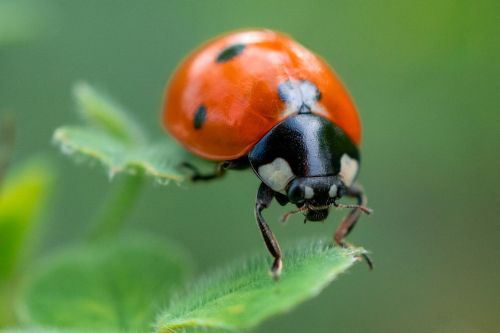They can be very colorful or completely inconspicuous. Their size also varies greatly from species to species.
There are several ways to classify them. The most common is diurnal and nocturnal (moths).
Butterflies include both diurnal species and moths, which make up 90% of all butterflies.
The scales, which are arranged in a tile-like pattern, are responsible for the color of butterfly wings. Each scale is covered with pigment, which is why the wings of diurnal butterflies are so colorful.
In some species of butterflies and moths, however, the color of the wings is produced not by the reflection of the wave from the pigment-covered scales, but by its refraction and interference. This phenomenon gives the wings their characteristic iridescent color and is related to the special structure of the scale covering, which can only be observed under a microscope.
This allows butterflies to move freely. The body of a butterfly consists of the head, thorax, and abdomen.
Some of the fastest butterflies are members of the Skippers family.
The wings can be covered with a variety of patterns, and the hind wings can also have tails.
A common motif that appears on the wings of these insects are "eyes". They are designed to scare off potential predators by making the butterfly look like a much larger animal.
Their food is most often soft parts of plants. However, there are also carnivorous and even cannibal caterpillars. The caterpillar is the only developmental stage of the insect in which it grows.
It can also make wasp-like sounds while flying. This species of butterfly is an example of mimicry, a trait that protects insects from predators.
It is the largest diurnal butterfly in the world, with a wingspan of up to 28 centimeters (10 inches).
The Queen Alexandra birdwing is an endemic species found in New Guinea. It is endangered by poachers and the price of a specimen on the black market can reach several thousand dollars.
Migratory species tend to live longer.
An example of such a butterfly is the species Thyridopteryx ephemeraeformis, whose female never develops wings and resides in a cocoon. This butterfly lives in North America, but is also found in Africa or the Mediterranean.







